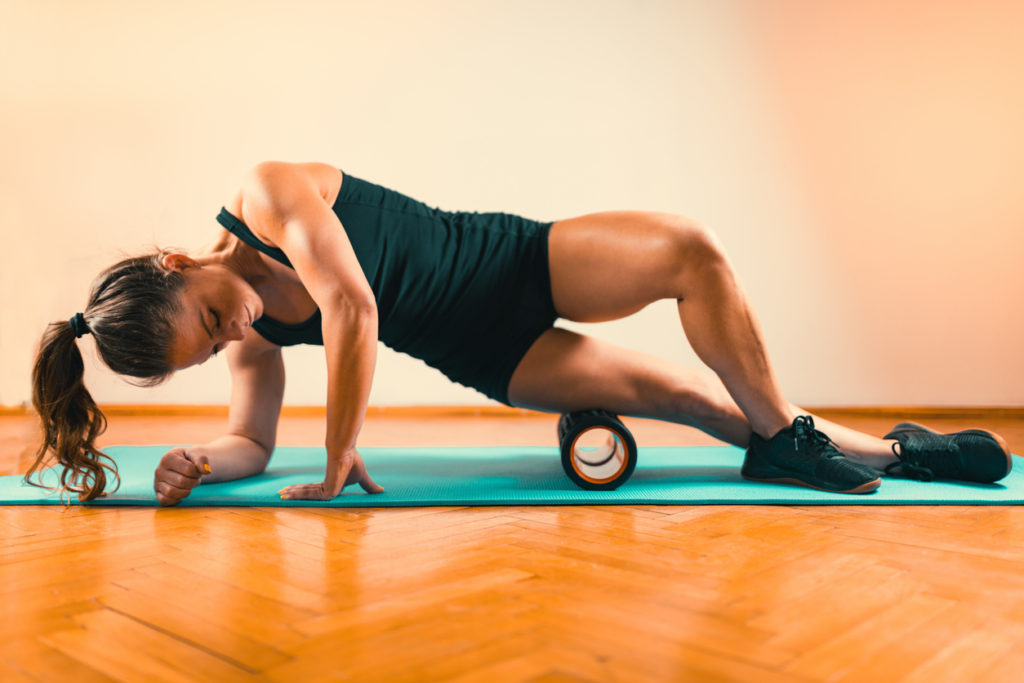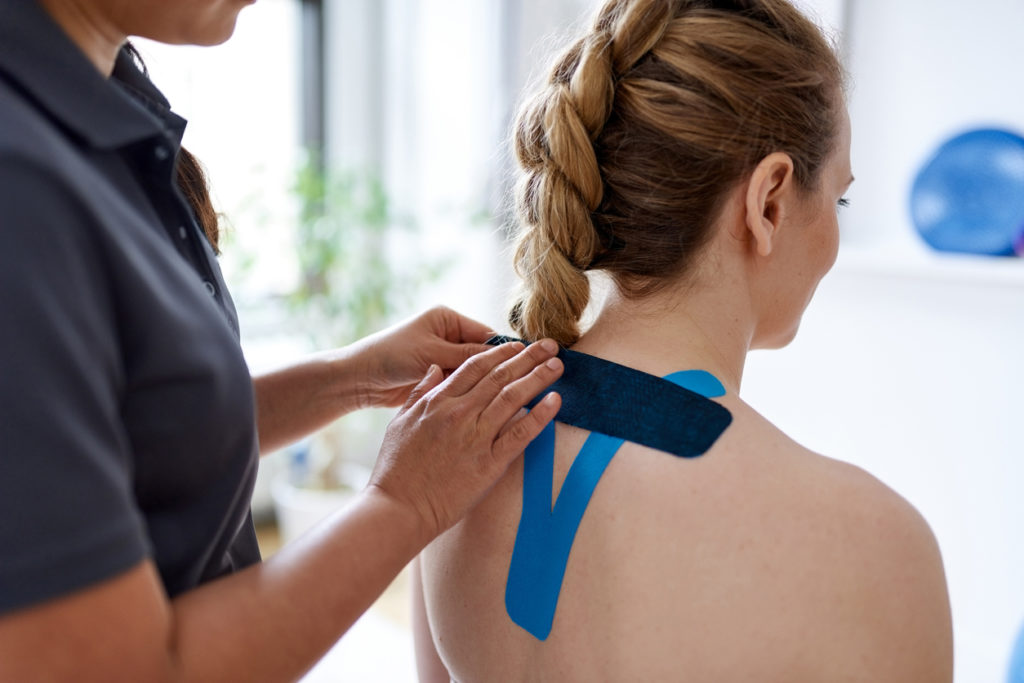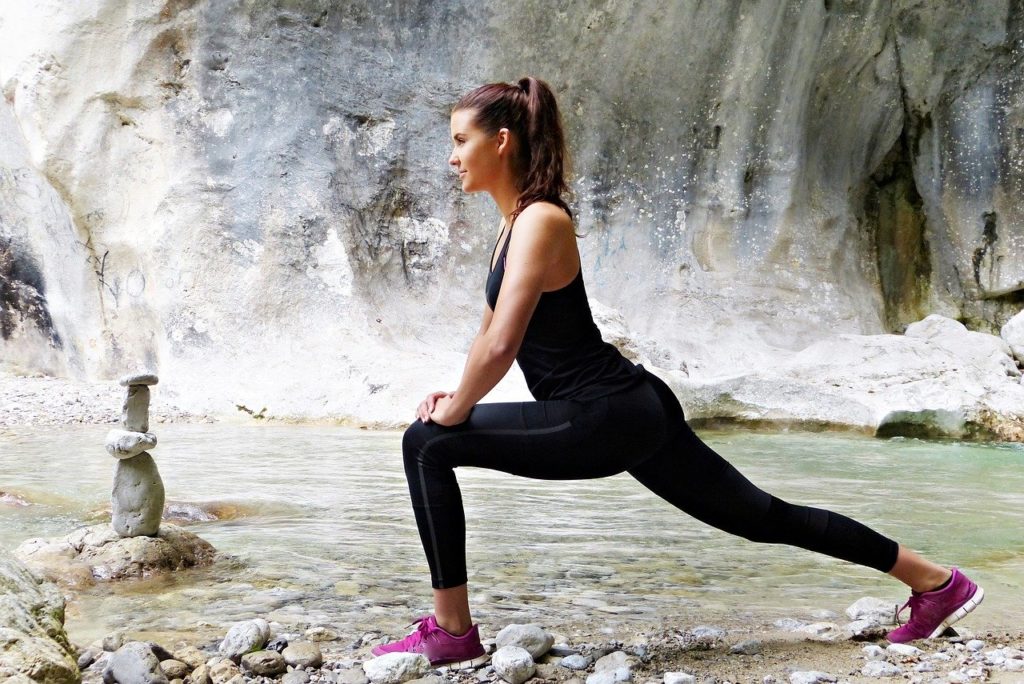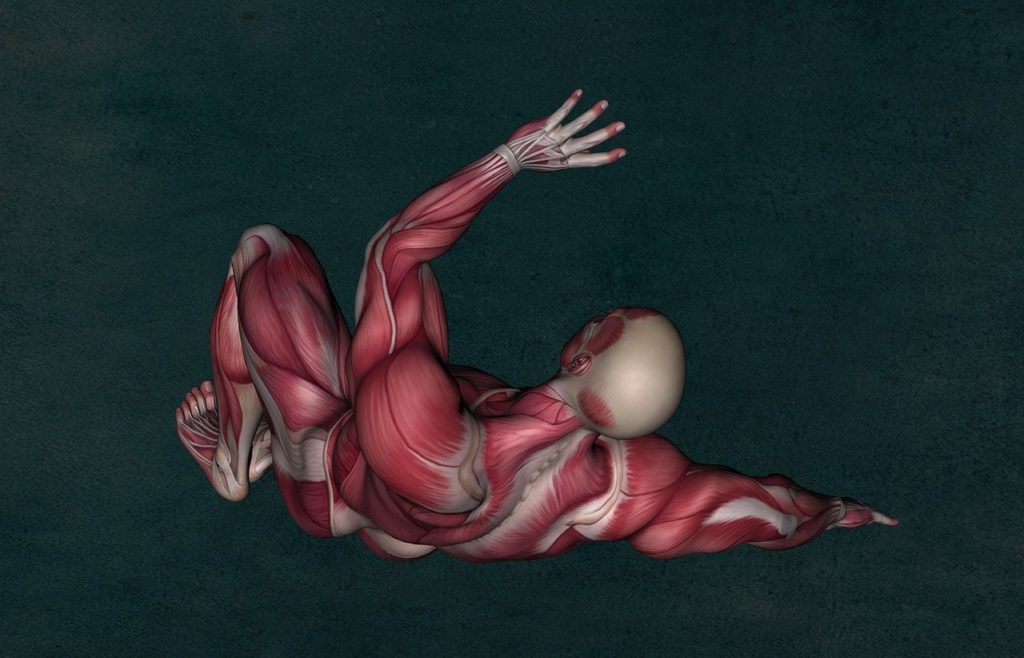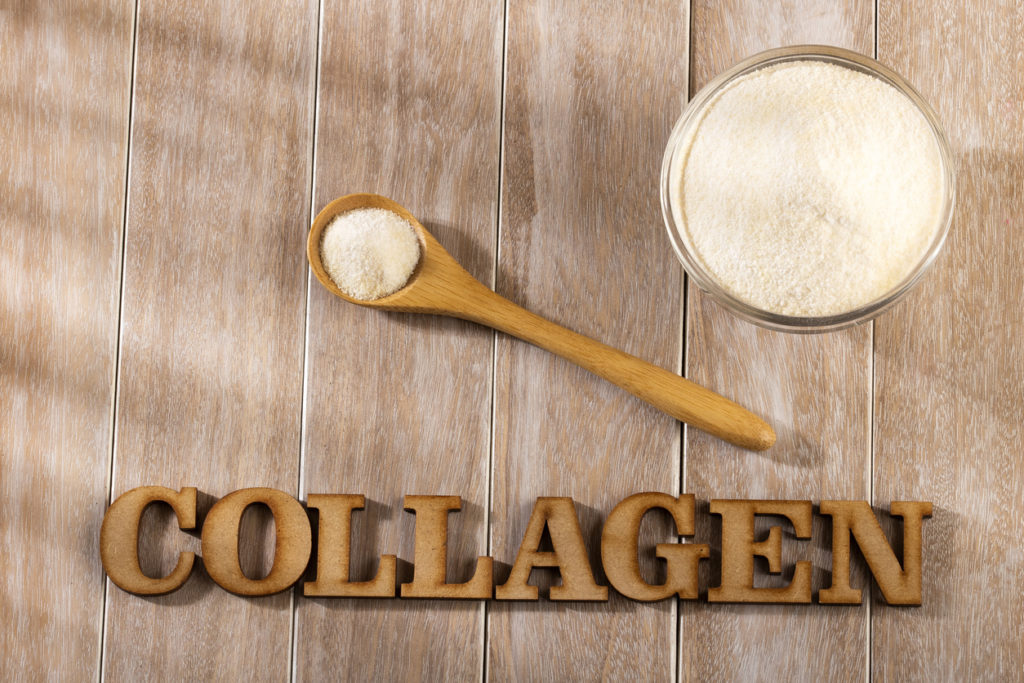Despite the high price of massage rollers on the international market, they are still the most widely used by sportsmen all over the world. Even people who are not used to physical activity use them when needed. But the question that often arises is: what are the benefits and risks of using these products?
Massage rollers are primarily materials used in osteopathy. Tools to minimize muscle tension and stress, they also promote circulation and reduce laminitis.
But before knowing exactly the answers to this question, it is essential to remember the mechanism of fascia in order to know the structure surrounding the muscles and the body. The aim is to know if these rolls have direct impacts on the fascia before affecting the muscle.
A little reminder about fascia relays
Fascia relays can be divided into two categories: active and passive relays. The first category is made up of cells that receive information about deformations. This is why it is called the mechanoreceptor. It also contains cells that receive pain, hence its name nociceptor.
These types of relays function during circulation and joint stability. In addition, they are important to be able to transmit and adapt to stress. In its function, they give pre-tension to the muscles through its ability to contract.
The second category maintains the extension between the structures. It has not only the faculty of proprioception, but also the ability to transmit and absorb stress and muscle forces. This is the case of the transmission of force at the level of the nuchal ligament and aponeurosis.
So in all, the fascias play a role of union, envelopment, protection and separation.
Thanks to their ability to nourish, penetrate and give architectural form, they allow the propagation of forces to be increased. Considered as intercellular connections, they also have sensory receptors. They provide an anti-friction system to tissues and redistribute energy.
The impact of massage rollers on the body
Given the functions of the various receptors in the muscles and fascias, it is obvious that these massage rollers improve the health of the body.
The receptor concerned here is the Golgi apparatus. The latter is abundant in the facial apparatus such as the myotendinous junction and the ligament. It is in muscle contraction and active stretching, but not in passive stretching or compression that this sensory apparatus functions. The receptors allow the muscle tone to be lowered.
According to conventional wisdom, manual therapies such as massage rollers try to stimulate this myotendinous reflex.
However, scientific research has shown that the results are not convincing. The pacini mechanoreceptors and its corpuscles are also perceived in denser fascias such as muscle fascias, joint capsules, myotendinous junctions and spinal ligaments. Again, they use pressure and vibration rather than held compression.
Apart from that, these mechanoreceptors through these massage rollers have an effect on proprioception, motor control and muscle alertness. It is these corpuscles that act as receptors in this dense facial apparatus, in the ligament and capsule as well as in the dura mater.
The latter is simply an envelope supporting the brain and the container of cerebrospinal fluid. It should be noted that certain mechanoreceptors react to rapid changes in the pressure held, to tangential stretching and to slow oscillations.
With these massage rollers again, the interstitial mechanoreceptors will have the ability to provide sensory information. They are located in the muscle fibres and fascia.
Receiving allows the mechanoreceptors to give the threshold of tolerance. This is stimulated rapidly by pressure, skin touch and stretching of the fascia.
Knowing how mechanoreceptors work, what are the benefits?
Knowing the mechanism of these mechanoreceptors makes it easier to incorporate them into osteopathy. In order to fully understand the ways in which the structures are relaxed at the rollers, an understanding of the totality of the fascia structures is essential.
Apart from the superficial fascia, the deep fascia is essential for athletes. The deep fascia is damaged for people who are used to sports.
This superficial fascia is characterised by its ability to cover the whole body, i. e. the face, the plantar region, etc. According to research by Fouri in 2009, a stretch of the superficial fascia should not exceed 20% of its elasticity.
On the other hand, its optimal efficiency should vary between 5-6% when elastically stretched. With the help of these mechanoreceptors, the muscle envelopes become more stretched and held. This allows the fibroblasts to secrete interleukin-6. Interleukin-6 is known to initiate muscle retraction and more specifically pro or anti-inflammatory factors.
The deep fascia provides the muscle and tendon relays. This is also why the muscle chains become compound. There are two types of deep fascia: fascial and epimysial. The first type of deep fascia means the relationship of a group of muscles.
It must be well defined and cover a surface. This is the case of the thoracolumbar fascia. The epimysial fascia is more precisely a fibrous tissue. It transfers the force of adjacent synergistic muscles. It is primarily the tissue of muscle chains.
Summary
In short, massage rollers are not good remedies for soothing muscles. The best solution is to follow light stretching and massage followed by points with various pressures such as vibration and oscillation. According to the above information, massage rollers are not suitable for the supporting fascia.
The aponeurotic parts are essential for keeping the body in balance and obtaining the best possible transfer. However, higher information confirms that it is not feasible to practice the same category of massage throughout the body.

